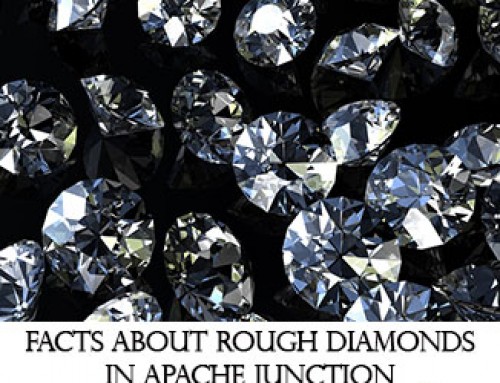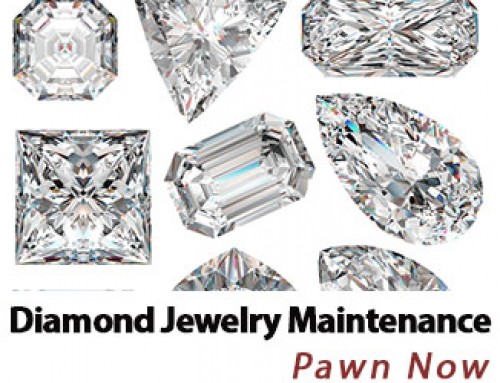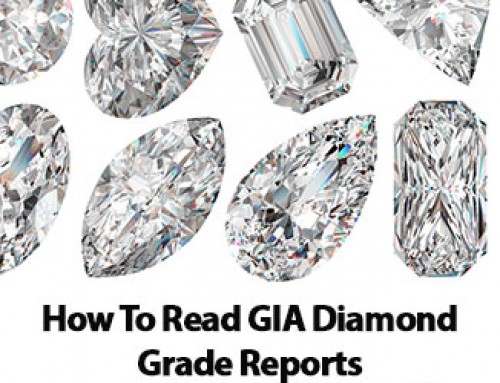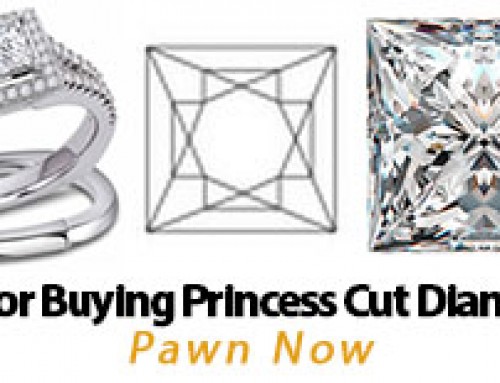
History of HPHT
The General Electric Company (GE) discovered the process in 1955, when it was able to create a press that exerted enough pressure and temperature to make diamonds in the laboratory. Originally HPHT was an experiment for diamond color modification in synthetic diamonds. Over the years, HPHT treatment evolved through different presses, such as the tetrahedral, BARS and the cubic press. HPHT has expanded its usage to include modifying natural diamonds.
Usage of HPHT Diamond Enhancements
HPHT treatments are generally used to create synthetic diamonds and modify the color in natural diamonds. To create synthetic diamonds, the following procedure is use. First, carbon is put inside a graphite capsule. Then a seed is inserted into the capsule, followed by a catalyst. The diamond will then grow on the seed, after the catalyst enables the crystallization to take place.
When it comes to color modification, HPHT treatments are used to create a whole range of colors. When diamonds that contain aggregated nitrogen are exposed to HPHT, the diamonds may become single substitution nitrogen. In those cases, the resulting diamonds may be green, yellow or orange. When diamonds only have a small amount of nitrogen, HPHT creates colorless diamonds. If diamonds have little nitrogen but some boron, HPHT will alter brownish diamonds and give them a bluish tone.
When a customer decides to give diamonds for HPHT treatment, the following procedures are used:
- Diamond experts examine the stone carefully and subject it to chemical analysis to ensure the diamond is appropriate for treatment.
- The diamond expert will inform the customer about the likely color that will be obtained after treatment.
- More than 1,000,000 psi of pressure is applied by placing the stone in an internal pressure medium which carefully distributes the pressure on the entire diamond.
- The internal pressure medium goes straight into a heat generating sleeve starting at 1800 degrees centigrade.
- Pricing of treatments: The price of HPHT treatments varies depending on the size of the diamond.
Organizations and HPHT
HPHT processes are controversial, therefore different groups follow different guidelines for HPHT. According to the Federal Trade Commission, if diamonds have been treated through HPHT this must be disclosed to the purchaser. GE follows the Federal Trade Commission’s guidelines by laser inscribing the words “HPHT PROCESSED, IRRADIATED.” Details about HPHT treatments are included on the grading report under ‘origin’ in the ‘color’ section.
Pros and Cons
There are pros and cons to HPHT treatment.
Pros:
- Treatments are permanent and create stable diamonds.
- Treatments dramatically alter the color of brownish diamonds. The treatment can alter brown diamonds to be almost colorless.
Disadvantages
- The diamonds will need to be polished after treatment.
- Marginal weight loss can occur.
- The clarity of the stone may be reduced.
Disclosure
Now that HPHT is more commercially available, there are several methods to determine if your stone has been HPHT processed. Diamonds over 0.5 carat can only be HPHT treated. Trained gemologists use equipment like the SSEF spotter and crossed polarization filter to decipher HPHT treatment. FTIR and UVVIS spectroscopes are also used. These processes can identify synthetic and PT treated diamonds.
For more answers about HPHT diamonds call Pawn Now in Phoenix.
Published By:
Pawn Now
Pawn Now Phoenix – 85043
691 W. Baseline Rd.
Phoenix AZ 85043
Phone +1 602 276-1664
Pawn Now Phoenix – 85022
14601 N Cave Creek Rd.
Phoenix AZ 85022
Phone +1 602 765-4444
Pawn Now Phoenix – 85019
4135 W. Indian School Rd.
Phoenix AZ 85019
Phone +1 602 442-2160
Pawn Now Mesa – 85207
8151 E. Apache Trail
Mesa AZ 85207
Phone +1 480 964-6666
Pawn Now Mesa – 85210
1145 S. Mesa Dr.
Mesa AZ 85210
Phone +1 480 668-1009
Pawn Now Chandler – 85225
1731 N. Arizona Ave.
Chandler AZ 85225
Phone +1 480 821-7296
Pawn Now Apache Junction – 85120
900 W. Apache Trail
Apache Junction AZ 85120
Phone +1 480 288-7296
Pawn Now Mesa – 85204
361 S. Lindsay Rd.
Mesa AZ 85204
Phone +1 480 777-7771
Pawn Now Scottsdale – 85257
7841 E. McDowell Rd.
Scottsdale AZ 85257
Phone +1 480 300-4653









Leave A Comment
You must be logged in to post a comment.